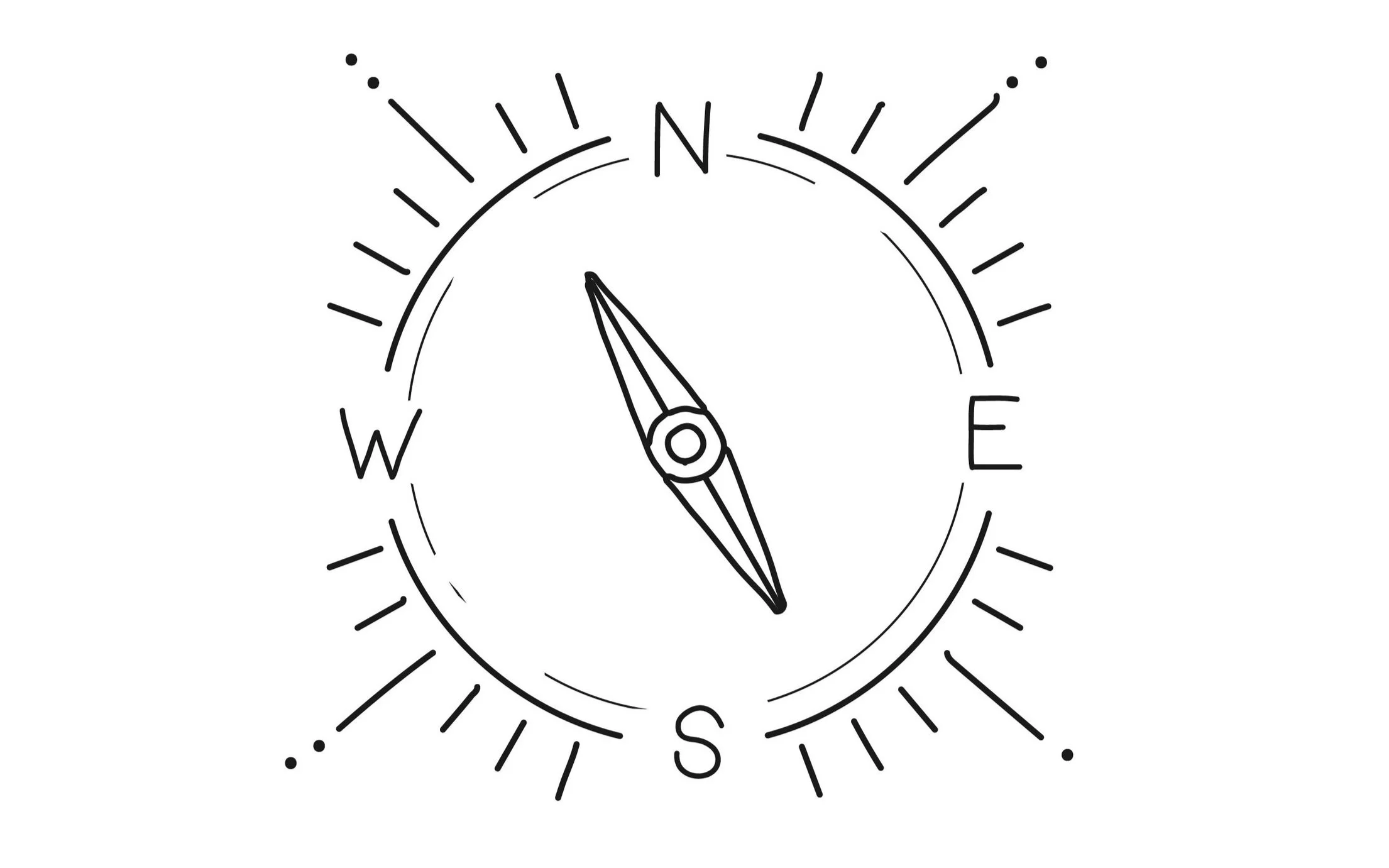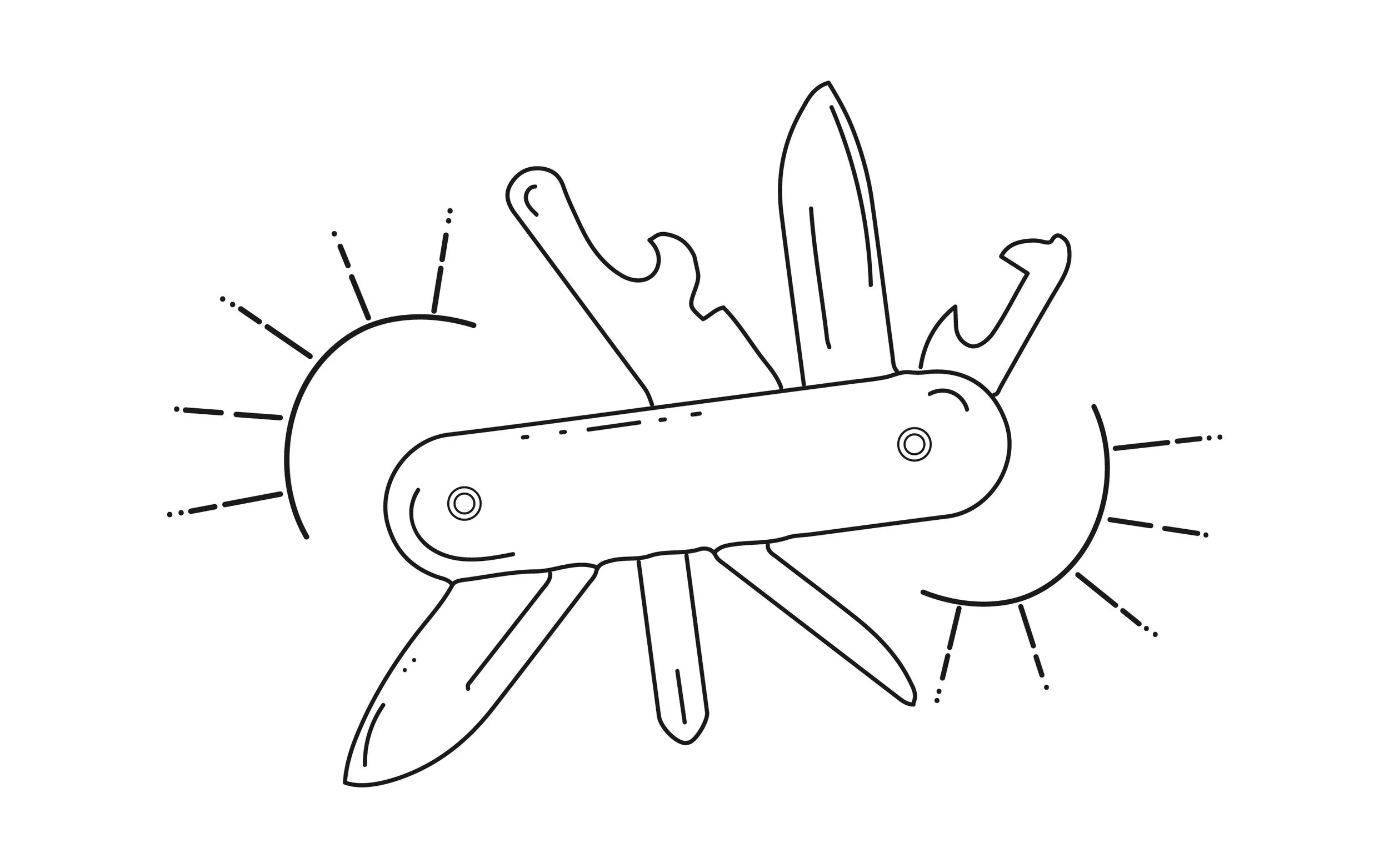
GRIEF GUIDING
Grief as a journey
Each time we lose a loved one or face a significant loss, our experience will be different—a different relationship and a different set of circumstances without a set pattern or timeline. It can feel a bit like being in a strange new place without a map or set of directions, not knowing how to find a way through or how long the journey will take.
Although the process of grief can be painful and challenging, most people navigate it on their own, usually with the support of friends and loved ones, and without the need for professional help or therapy. However, even with the best support network, bereavement and loss can be lonely and isolating. There may also be specific reasons, regarding the relationship with the bereaved or unresolved issues, that cause the grief to feel especially hard. You might find yourself stuck, unsure of how to deal with the loss or unable to get past certain thoughts or feelings. On the other hand, you may feel more at peace, but have a desire to honour your loved one’s memory by finding meaning or connection in a new way.
During these times, it helps to have an experienced professional who knows the terrain, who can help you find the best way through on your journey.
My map
The ‘Tasks of Mourning’ theory, developed by renowned author and researcher Dr. William Worden, is the ‘map’ I use to navigate bereavement and grief. According to Worden, grief is a process that involves working through a series of tasks. These include:
Accepting the reality of the loss
Processing the pain of grief
Adjusting to life after the loss
Finding an enduring connection, while embarking on a new life
This list is not linear and the tasks may be repeated at different times, in different ways. It is only by working through all of them, by visiting each of these various ‘locations’ if you like, that we can reach a more peaceful destination. I use this map to locate where you are on your grief journey, so I can help you make sense of your surroundings and support you to keep moving along the path.
My compass
The four aspects of the 'compass' that help me guide clients through this landscape of grief are:
My own experiences of bereavement and loss
My therapeutic experiences with bereaved clients
My specialised knowledge and skills
Awareness of grief as a potential tool for growth
My equipment
The ‘equipment’ I take on the journey, are tools and resources I will also share with you, to use between sessions or to help you keep navigating on your own once our work has come to an end.
Some of these tools include:
Focusing: a technique that enables you to tune into the sensations in your body to better process your feelings.
Book and podcast recommendations.
Creative activities to help honour your loved ones.
Recognising that grief can affect us in very different ways, I also signpost various holistic practitioners who offer wider bereavement and grief support for the body, mind, and spirit.
Your guide
I can meet you wherever you are on your unique path and support you for as long as you need by creating a safe space to explore your thoughts, feelings, and emotions.
I will help you find your way through to the other side by offering support, resources, and encouragement along the way.
If you’d like to hear more about how my Grief Guiding approach could help you or someone you know, get in touch or book a free initial consultation.




